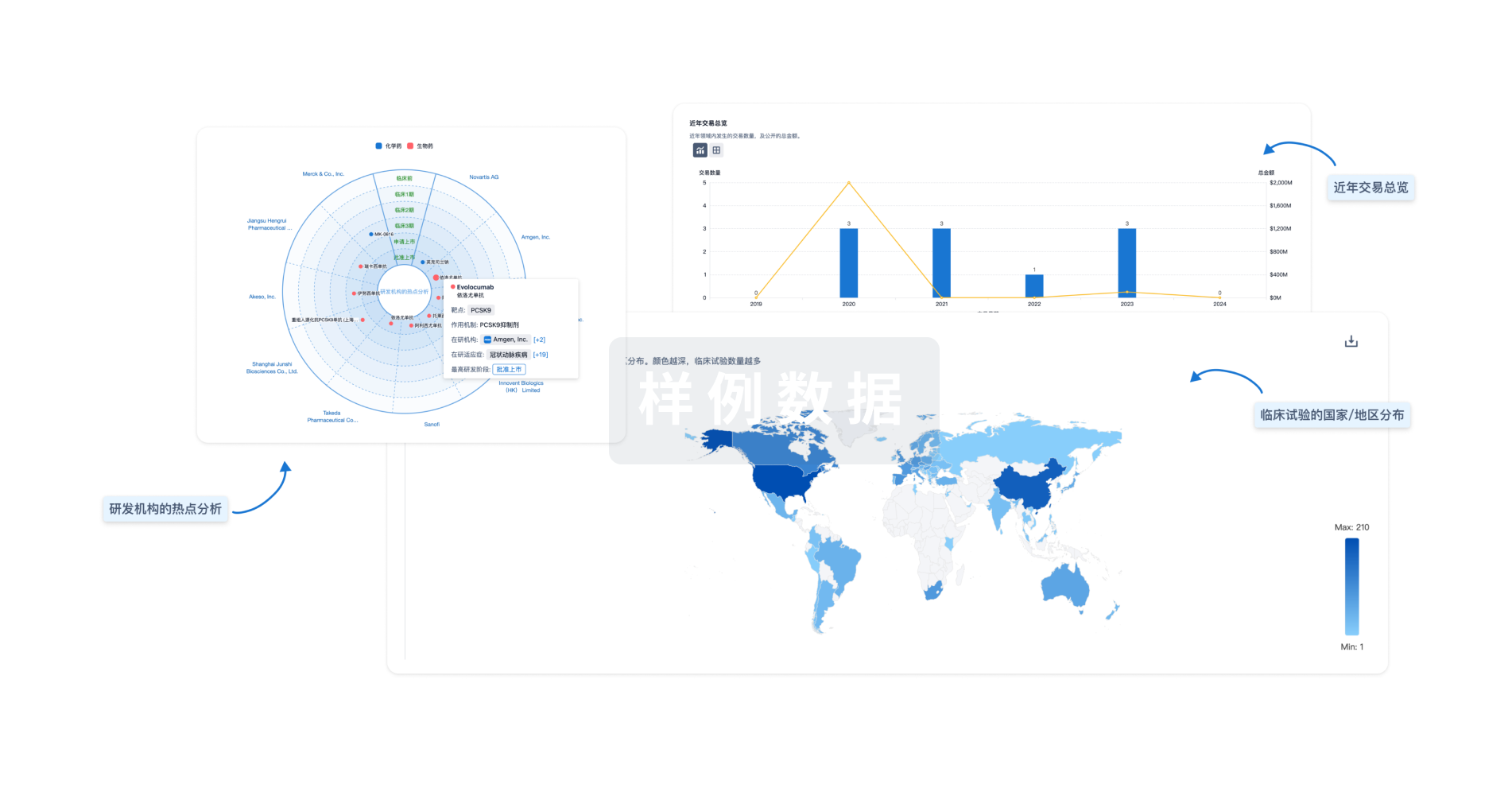预约演示
更新于:2025-05-07
A1R x chloride channel
更新于:2025-05-07
基本信息
关联
1
项与 A1R x chloride channel 相关的药物作用机制 A1R激动剂 [+1] |
在研机构- |
在研适应症- |
非在研适应症 |
最高研发阶段终止 |
首次获批国家/地区- |
首次获批日期1800-01-20 |
100 项与 A1R x chloride channel 相关的临床结果
登录后查看更多信息
100 项与 A1R x chloride channel 相关的转化医学
登录后查看更多信息
0 项与 A1R x chloride channel 相关的专利(医药)
登录后查看更多信息
5
项与 A1R x chloride channel 相关的文献(医药)2022-02-01·Biomedicine & Pharmacotherapy2区 · 医学
Exploiting systems biology to investigate the gene modules and drugs in ovarian cancer: A hypothesis based on the weighted gene co-expression network analysis
2区 · 医学
Review
作者: Nomiri, Samira ; Brunetti, Oronzo ; Javadrashid, Darya ; Karami, Hassan ; Derakhshani, Afshin ; Nasseri, Saeed ; Tabrizi, Neda Jalili ; Shadbad, Mahdi Abdoli ; Racanelli, Vito ; Safarpour, Hossein ; Nourbakhsh, Niloufar Sadat ; Solimando, Antonio Giovanni ; Silvestris, Nicola ; Baradaran, Behzad
2009-01-01·Adenosine Receptors in Health and Disease
Adenosine Receptors, Cystic Fibrosis, and Airway Hydration
Review
作者: J.P. Clancy ; Gulnur Com
1995-07-18·Biochemistry3区 · 生物学
Stimulation by Alkylxanthines of Chloride Efflux in CFPAC-1 Cells Does Not Involve A1 Adenosine Receptors
3区 · 生物学
Article
作者: Pollard, Harvey B. ; Jacobson, Marlene A. ; van Galen, Philip J. M. ; Gallo-Rodriguez, Carola ; Eidelman, Ofer ; Jacobson, Kenneth A. ; Guay-Broder, Colleen ; Melman, Neli
分析
对领域进行一次全面的分析。
登录
或

生物医药百科问答
全新生物医药AI Agent 覆盖科研全链路,让突破性发现快人一步
立即开始免费试用!
智慧芽新药情报库是智慧芽专为生命科学人士构建的基于AI的创新药情报平台,助您全方位提升您的研发与决策效率。
立即开始数据试用!
智慧芽新药库数据也通过智慧芽数据服务平台,以API或者数据包形式对外开放,助您更加充分利用智慧芽新药情报信息。
生物序列数据库
生物药研发创新
免费使用
化学结构数据库
小分子化药研发创新
免费使用
